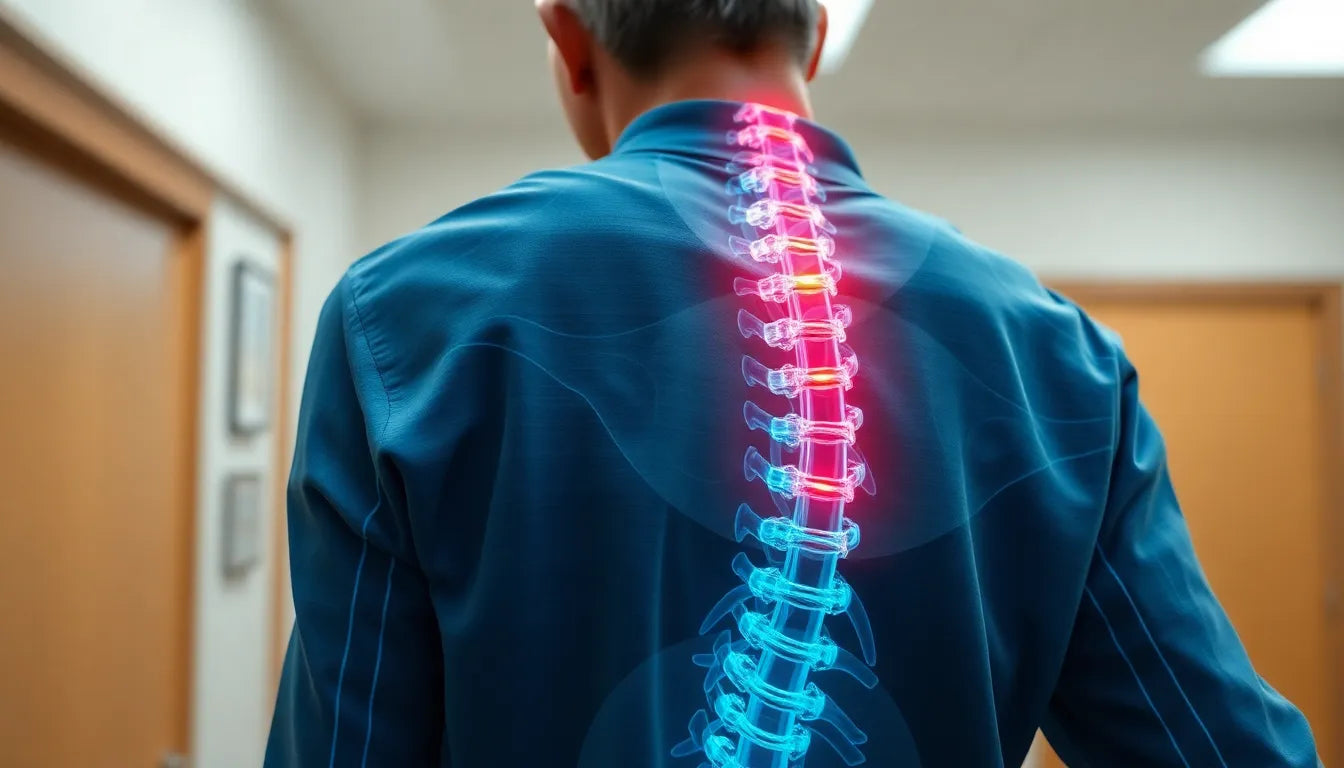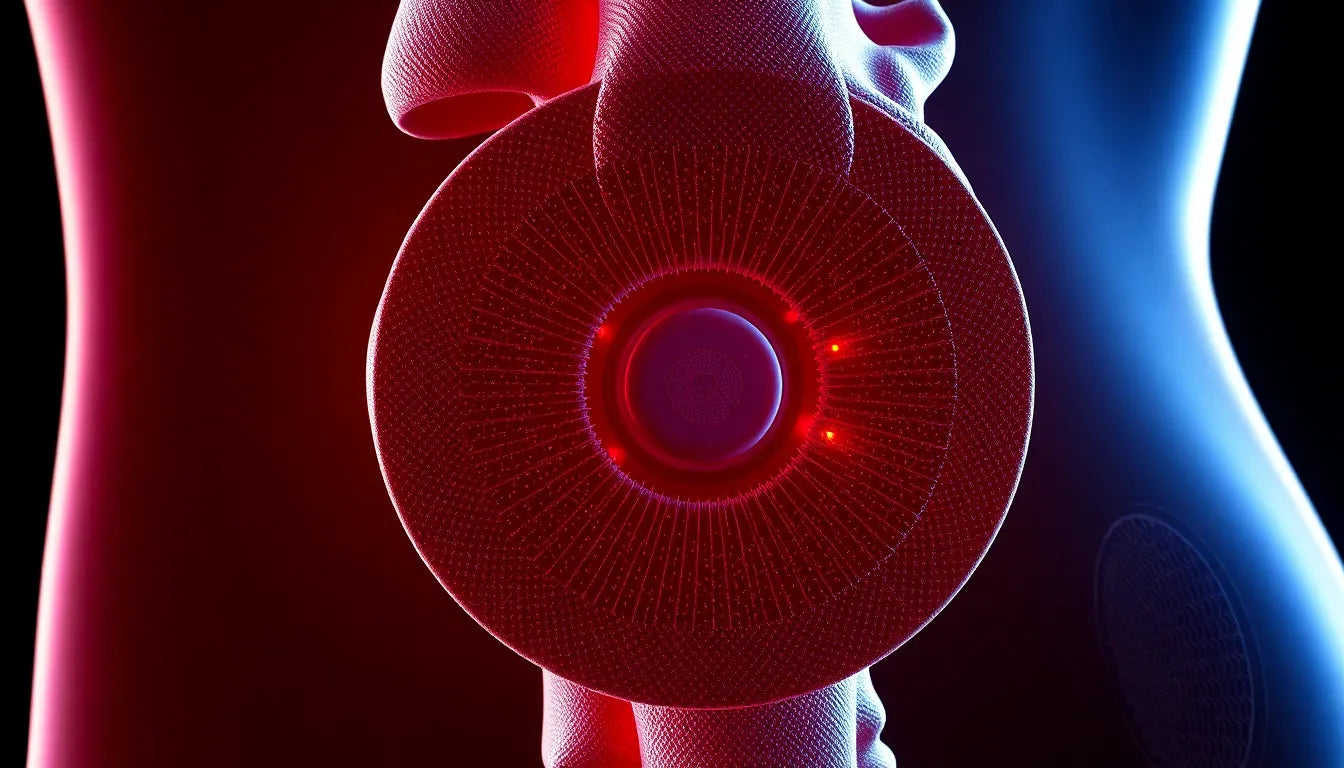In today's fast-paced world, the pursuit of a pain-free lifestyle is more relevant than ever, and ergonomics stands out as a powerful tool to achieve this goal. By focusing on the science of designing environments to suit the needs of individuals, ergonomics enhances both comfort and productivity, making it an essential consideration for anyone looking to improve their quality of life.
understanding ergonomics and its significance
Ergonomics is defined as the science of designing the workplace to fit the worker, rather than forcing the worker to adapt to an ill-suited environment. This approach is crucial in preventing discomfort and long-term health issues, particularly in settings where repetitive tasks or prolonged periods of sitting are common. By tailoring environments to the needs of individuals, ergonomics helps to mitigate the risks associated with poor posture and inadequate support.
The importance of ergonomics extends beyond the workplace, permeating into daily life. Whether you're setting up a home office or organizing a manufacturing floor, ergonomic principles can significantly reduce the risk of musculoskeletal disorders, which are often caused by repetitive strain and poor posture. Through thoughtful design and strategic adjustments, ergonomics promotes a healthier, more efficient way of living and working.
the benefits of ergonomic practices
One of the most immediate benefits of incorporating ergonomic practices is the improvement in posture. Proper ergonomic setups encourage natural alignment of the body, reducing the strain on muscles and joints. This not only alleviates existing discomfort but also prevents the development of chronic pain conditions over time.
Beyond physical health, ergonomics plays a pivotal role in enhancing efficiency and productivity. In office settings, for example, an ergonomic workspace can lead to faster task completion and fewer errors, as employees are able to work in a more comfortable and focused manner. In industrial environments, ergonomic interventions can minimize the physical strain on workers, leading to fewer injuries and improved overall output.
By integrating ergonomic principles into various aspects of life, individuals can enjoy a more balanced and pain-free existence. As awareness of the benefits of ergonomics continues to grow, more people are discovering its potential to transform not just how they work, but how they live.
core principles of ergonomics
At the heart of ergonomics are several core principles designed to enhance comfort and efficiency in any environment. These principles revolve around proper alignment, movement, and environmental adjustments, ensuring that the workspace is tailored to the individual’s needs. Proper alignment is crucial, as it involves arranging workspaces and tools to support the natural posture of the body, thereby reducing strain on muscles and joints. Movement is another key principle, advocating for dynamic work environments that encourage regular shifts in posture and activity to prevent stiffness and fatigue.
Ergonomics can be divided into three main areas: physical, cognitive, and organizational. Physical ergonomics focuses on the human body’s responses to physical and physiological work demands. Cognitive ergonomics is concerned with mental processes such as perception, memory, and reasoning as they affect interactions among humans and other elements of a system. Organizational ergonomics involves optimizing organizational structures, policies, and processes to improve overall system performance and worker satisfaction.
workplace ergonomic solutions
Implementing ergonomic solutions in the workplace is essential for fostering a healthy and productive environment. In office settings, the arrangement of desks, chairs, and computer equipment plays a vital role. Ensuring that desks and chairs are positioned correctly can significantly enhance comfort and posture. The monitor should be at eye level, and the keyboard and mouse should be within easy reach to prevent unnecessary strain. Additionally, ergonomic accessories such as footrests and wrist supports can provide further comfort and support.
In industrial environments, the focus of ergonomics shifts to reducing physical strain through the use of adjustable workstations and equipment. Techniques such as proper lifting procedures and the use of mechanical aids can help minimize the risk of injury. Adjustable workstations allow workers to modify their workspace to suit their physical needs, promoting better posture and reducing fatigue.
health benefits of ergonomic practices
The connection between poor ergonomics and common health issues is well-documented. Improper ergonomic setups can lead to back pain, repetitive strain injuries, and other musculoskeletal disorders. However, implementing ergonomic practices has been shown to significantly reduce these risks. By promoting natural body positions and reducing physical stress, ergonomics helps prevent injuries and chronic pain conditions.
Numerous studies and data support the effectiveness of ergonomic interventions in reducing workplace injuries. For instance, companies that have adopted ergonomic solutions report a decrease in worker compensation claims and absenteeism, highlighting the tangible health benefits of such practices. These improvements not only enhance employee well-being but also contribute to increased productivity and job satisfaction.
visual content for ergonomic understanding
Visual aids play a crucial role in understanding and implementing ergonomic principles. Diagrams and images that depict correct ergonomic setups can be invaluable resources for both office and industrial environments. These visuals provide clear guidance on proper posture and equipment usage, making it easier for individuals to adjust their workspaces effectively.
Incorporating visual content into ergonomic education helps reinforce the importance of these practices and ensures that individuals can readily apply ergonomic principles to their daily routines. By demonstrating the correct ways to set up workstations and use ergonomic tools, visual aids empower individuals to take proactive steps towards a pain-free and efficient working environment.
implementation strategies for ergonomic success
Integrating ergonomic principles into various environments involves a strategic approach that begins with conducting thorough ergonomic assessments. These assessments involve evaluating workspaces to identify areas where ergonomic improvements can be made. This step-by-step process typically includes analyzing the current setup, identifying potential risk factors for discomfort or injury, and recommending necessary adjustments.
For those working from home, making ergonomic adjustments can significantly enhance comfort and productivity. Simple changes such as adjusting chair height, positioning monitors at eye level, and using ergonomic accessories like wrist supports can make a substantial difference. Investing in ergonomic furniture, such as adjustable desks and chairs, can further improve the home office setup.
Ergonomic assessments are crucial in identifying and addressing potential issues before they lead to health problems. By regularly reviewing and updating ergonomic practices, individuals and organizations can maintain a healthy and efficient working environment.
expert insights and case studies
Gaining insights from occupational health professionals and ergonomics specialists can provide valuable guidance on implementing effective ergonomic solutions. Experts often emphasize the importance of customizing ergonomic interventions to suit individual needs and preferences, ensuring that each person can work comfortably and efficiently.
Case studies highlighting successful ergonomic improvements can serve as powerful examples of the benefits of these practices. For instance, a company that implemented ergonomic workstations and provided training on proper posture saw a significant reduction in employee-reported discomfort and an increase in productivity. These success stories demonstrate the tangible impact of ergonomics on both health and performance.
conclusion: embracing ergonomics for a pain-free life
Incorporating ergonomic practices into daily routines offers a pathway to achieving a pain-free and productive lifestyle. By focusing on proper alignment, movement, and environmental adjustments, individuals can reduce the risk of discomfort and long-term health issues. Whether in an office, industrial setting, or home environment, ergonomics plays a vital role in enhancing both comfort and efficiency.
As awareness of the benefits of ergonomics continues to grow, more people are discovering the transformative potential of these practices. By embracing ergonomics, individuals can enjoy a healthier, more balanced way of living and working.
frequently asked questions
What is ergonomics and its importance?
Ergonomics is the science of designing environments to fit the needs of individuals, enhancing comfort and health. It is important because it helps prevent discomfort and long-term health issues, particularly in work environments where repetitive tasks or prolonged periods of sitting are common.
What are the 3 main areas of ergonomics?
The three main areas of ergonomics are physical ergonomics, which focuses on the human body’s responses to physical work demands; cognitive ergonomics, which deals with mental processes like perception and memory; and organizational ergonomics, which involves optimizing organizational structures and processes.
What is ergonomics in simple words?
In simple words, ergonomics is about designing spaces and tools to fit people, making work and daily activities more comfortable and efficient.
What are the 5 aspects of ergonomics?
The five key aspects of ergonomics are safety, comfort, ease of use, productivity/performance, and aesthetics. Each aspect plays a role in creating environments that support health and efficiency.
How can ergonomics prevent musculoskeletal disorders?
Ergonomics can prevent musculoskeletal disorders by promoting natural body positions, reducing physical stress, and minimizing repetitive strain. This is achieved through proper workspace design and the use of ergonomic tools and practices.
Sources
- Centers for Disease Control and Prevention. (2021). "Ergonomics and Musculoskeletal Disorders."
- Occupational Safety and Health Administration. "Ergonomics."
- Health and Safety Executive. "Ergonomics and Human Factors at Work."
- Chartered Institute of Ergonomics & Human Factors. "What is Ergonomics?"
- Mayo Clinic Staff. (2021). "Office Ergonomics: Your How-To Guide."


















